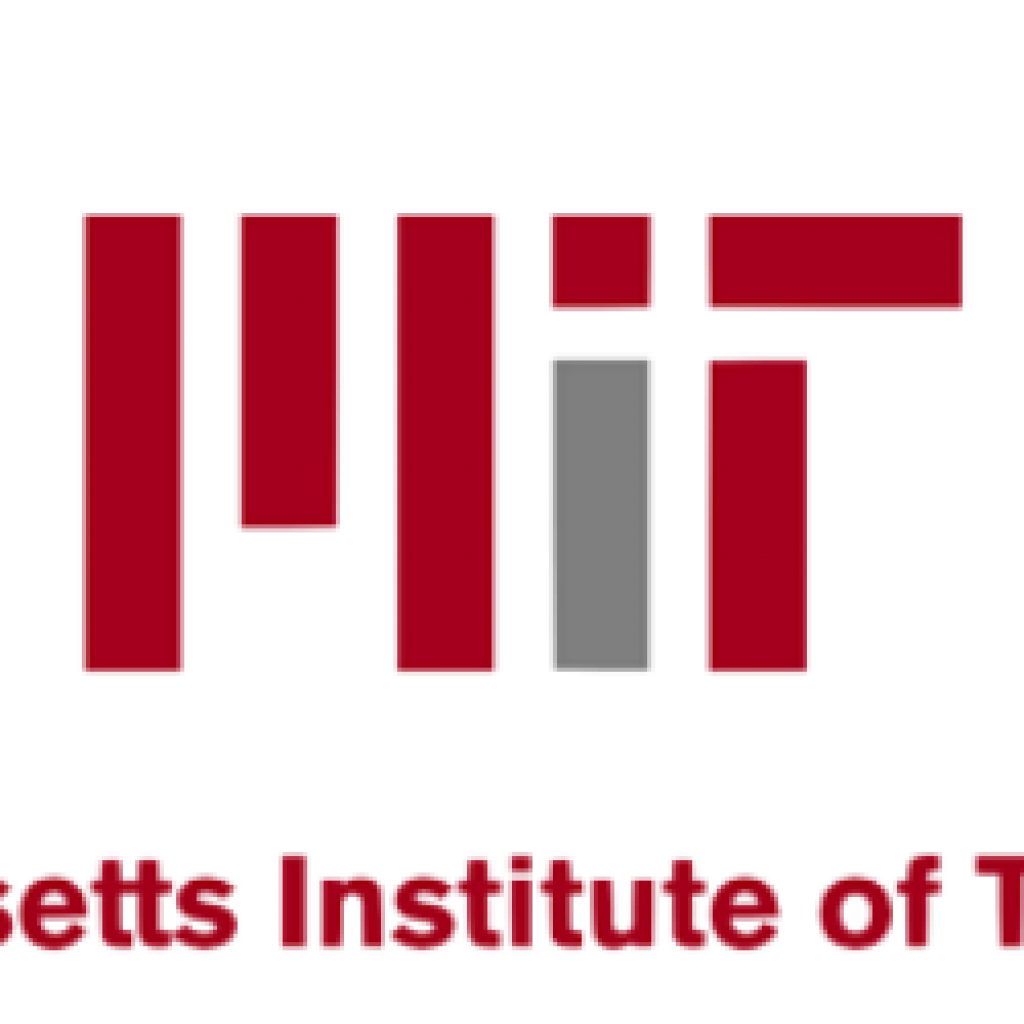(MIT.edu) MIT researchers have designed a way to generate, at room temperature, more single photons for carrying quantum information. The design, they say, holds promise for the development of practical quantum computers.
Quantum emitters generate photons that can be detected one at a time. Consumer quantum computers and devices could potentially leverage certain properties of those photons as quantum bits (“qubits”) to execute computations. While classical computers process and store information in bits of either 0s or 1s, qubits can be 0 and 1 simultaneously. That means quantum computers could potentially solve problems that are intractable for classical computers.
A key challenge, however, is producing single photons with identical quantum properties — known as “indistinguishable” photons. To improve the indistinguishability, emitters funnel light through an optical cavity where the photons bounce back and forth, a process that helps match their properties to the cavity. Generally, the longer photons stay in the cavity, the more they match.
the researchers split one cavity into two, each with a designated task. A smaller cavity handles the efficient extraction of photons, while an attached large cavity stores them a bit longer to boost indistinguishability. Compared to a single cavity, the researchers’ coupled cavity generated photons with around 95 percent indistinguishability, compared to 80 percent indistinguishability, with around three times higher efficiency.
MIT Researchers Design Way to Generate More Single Protons to Carry Quantum Information
